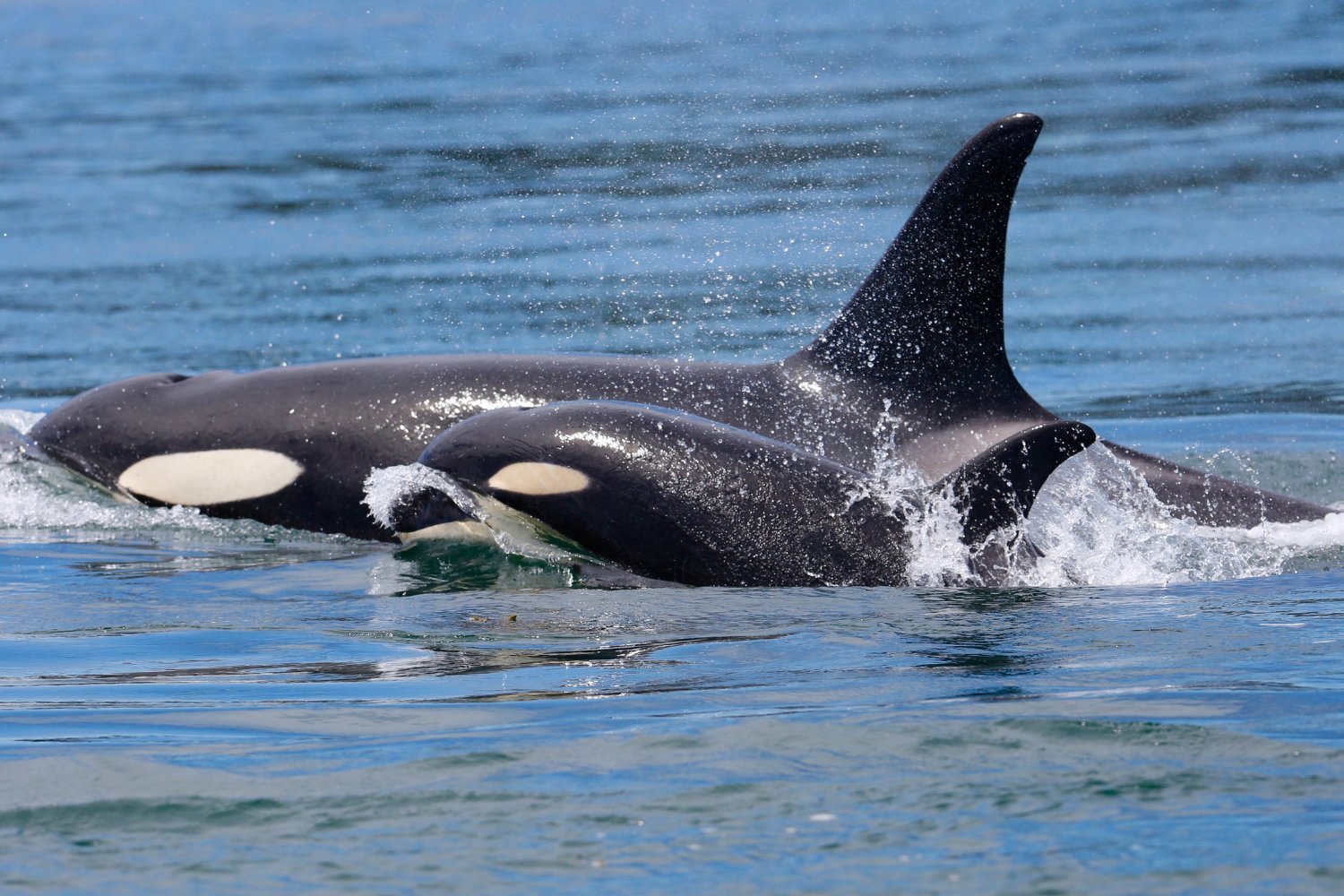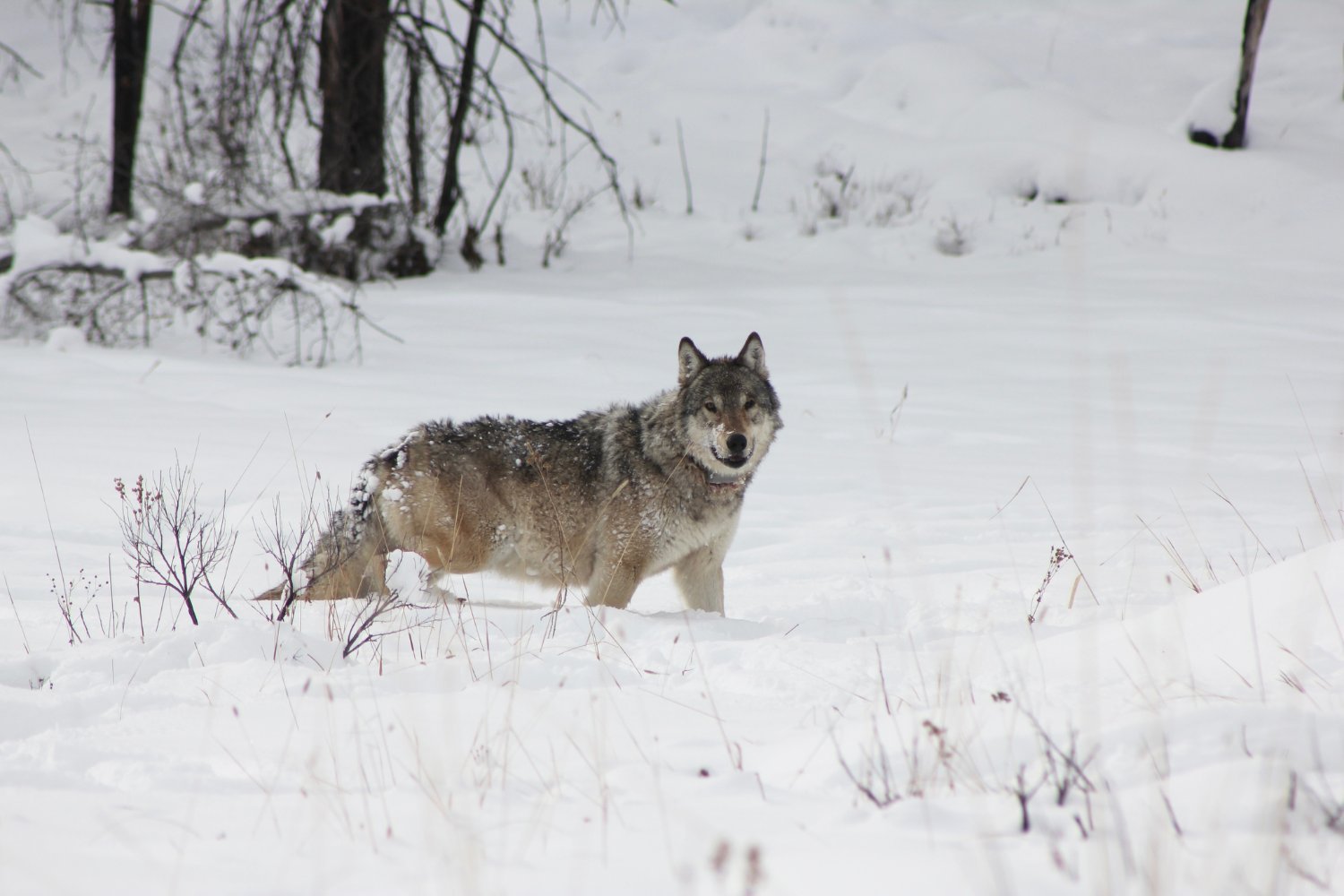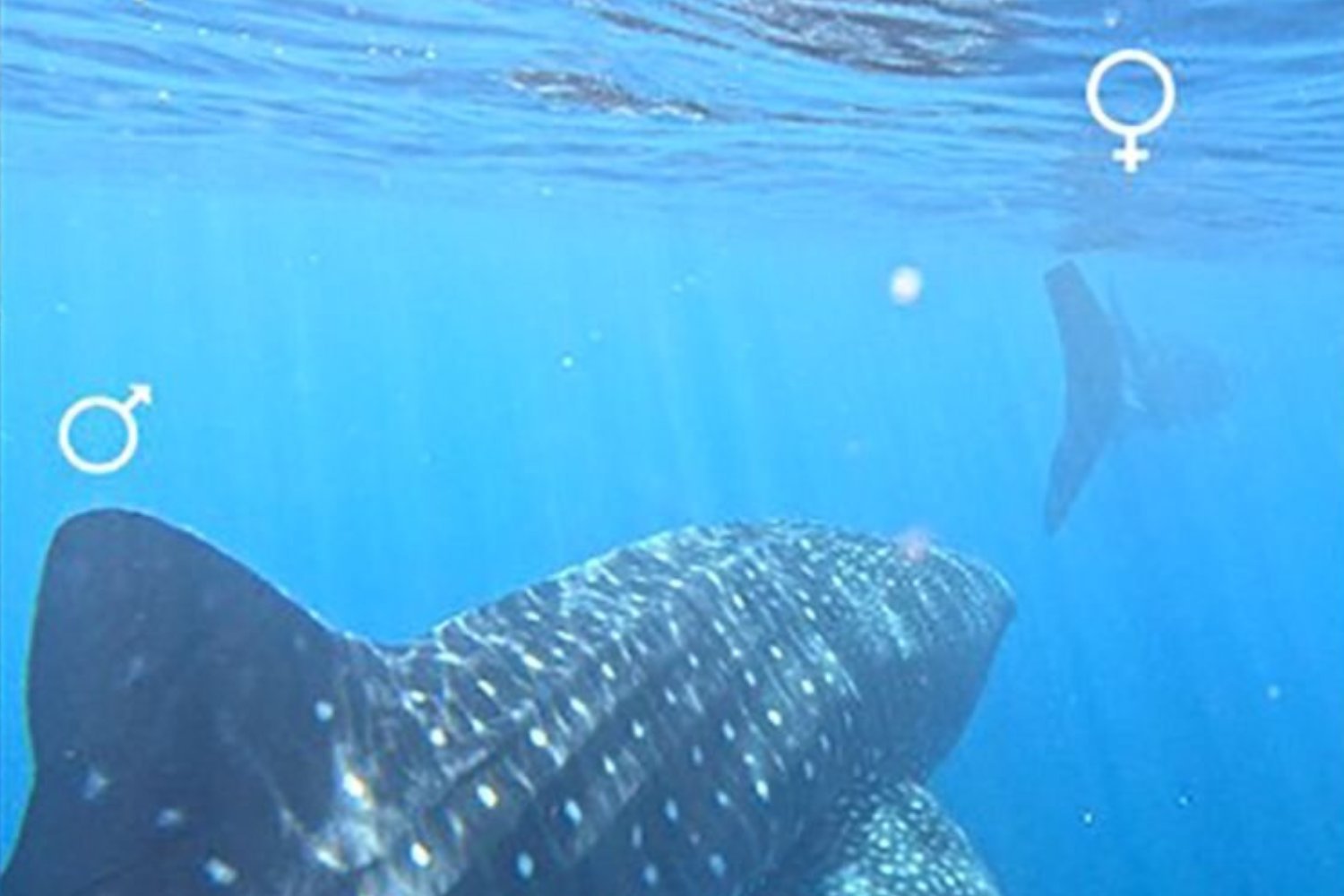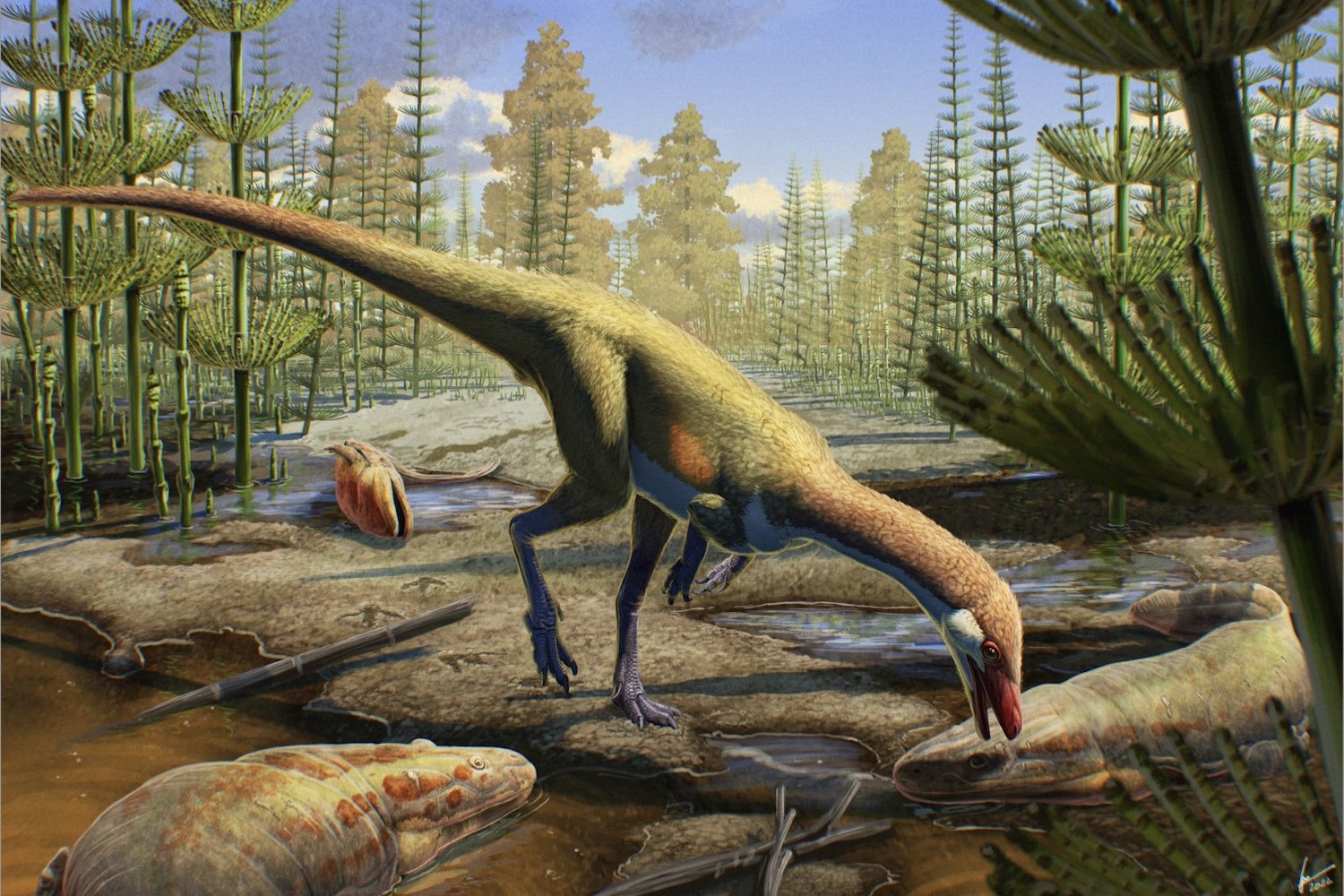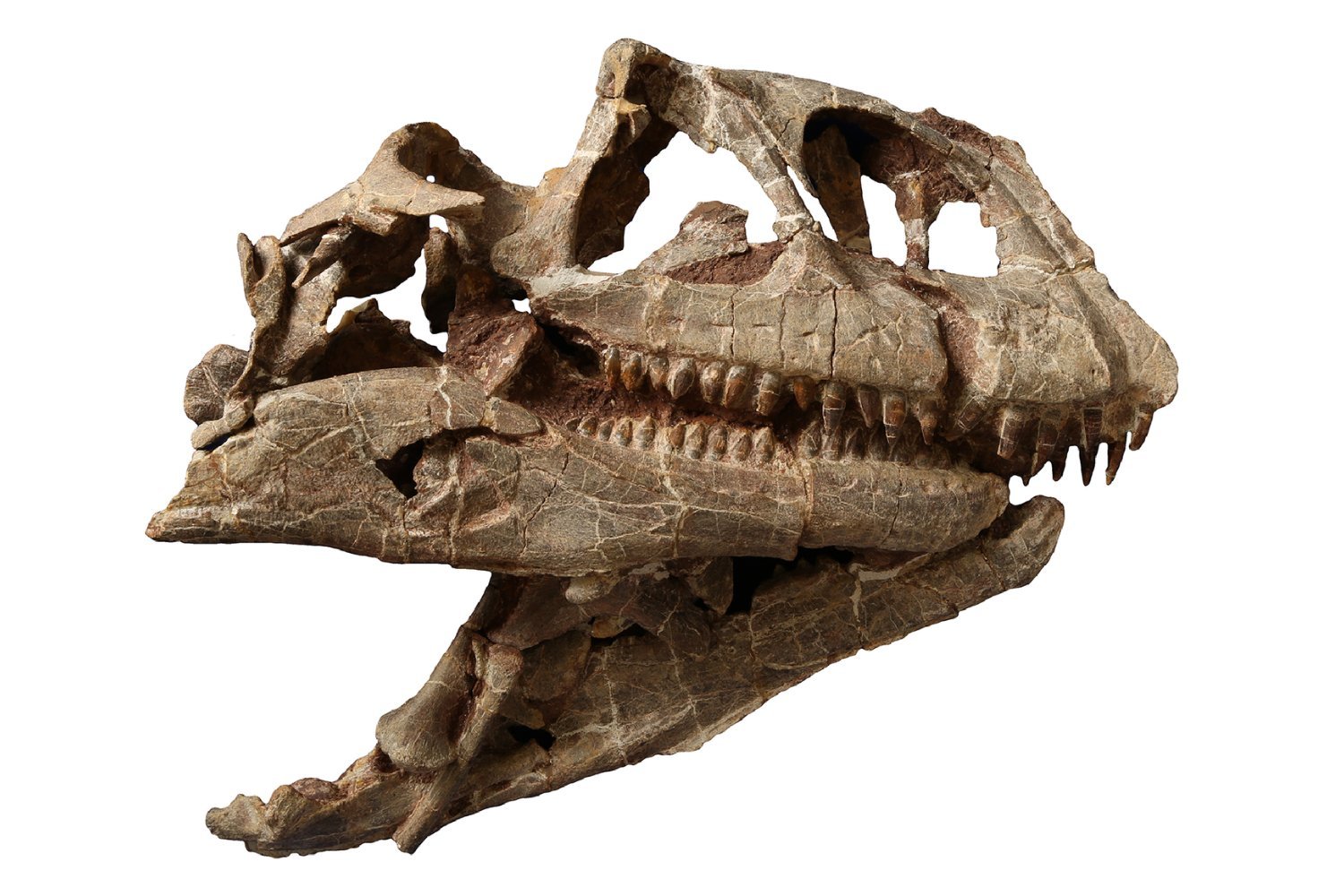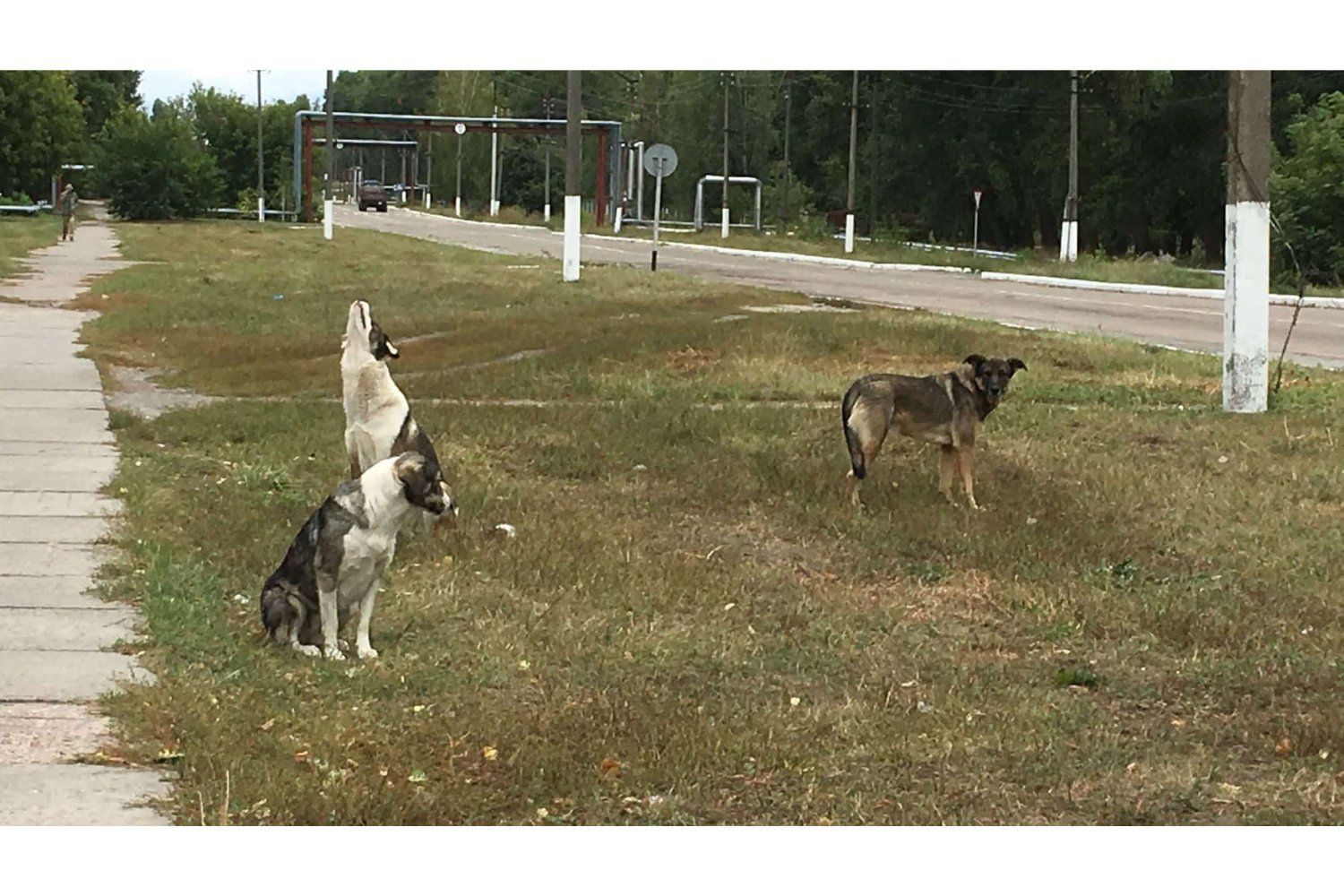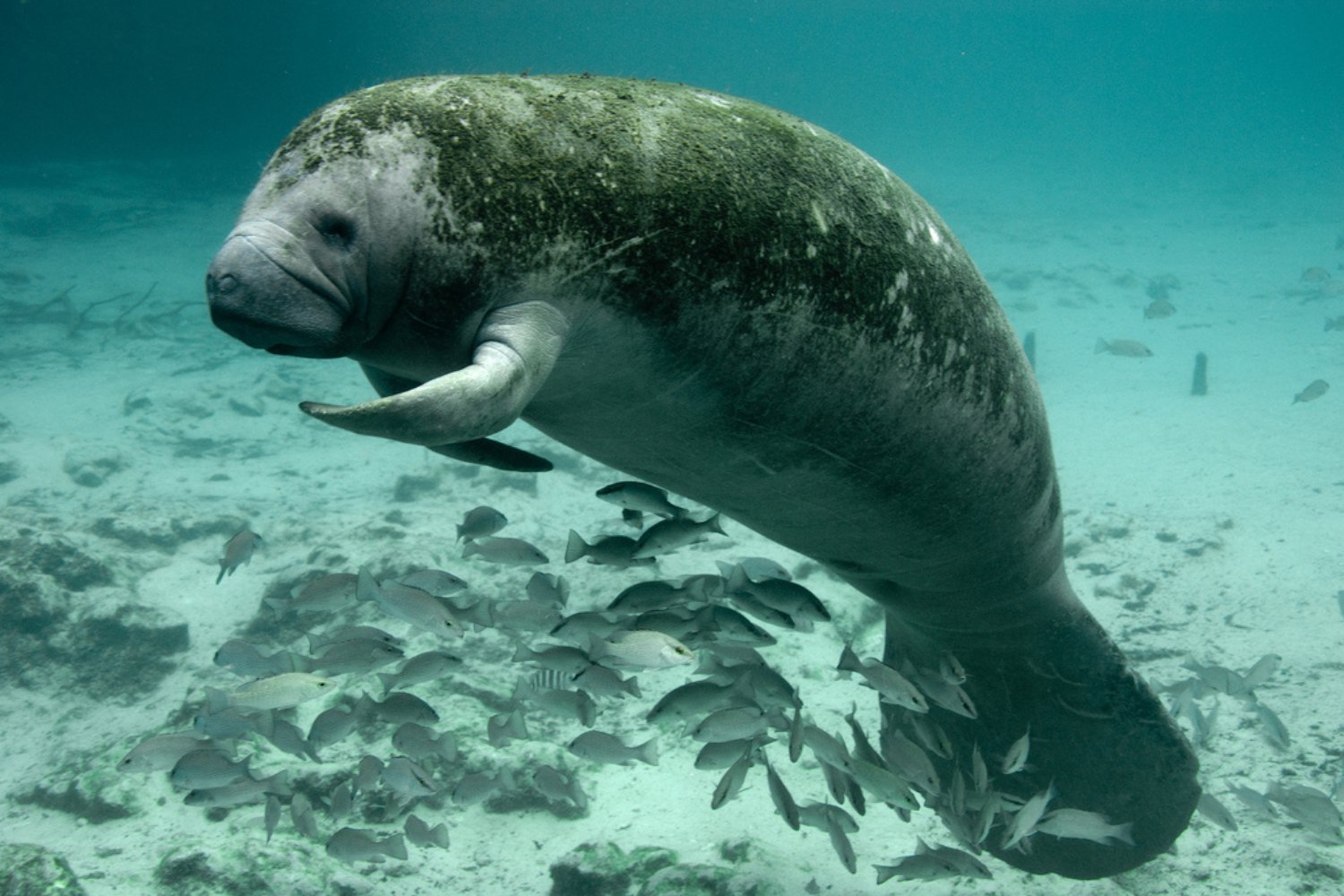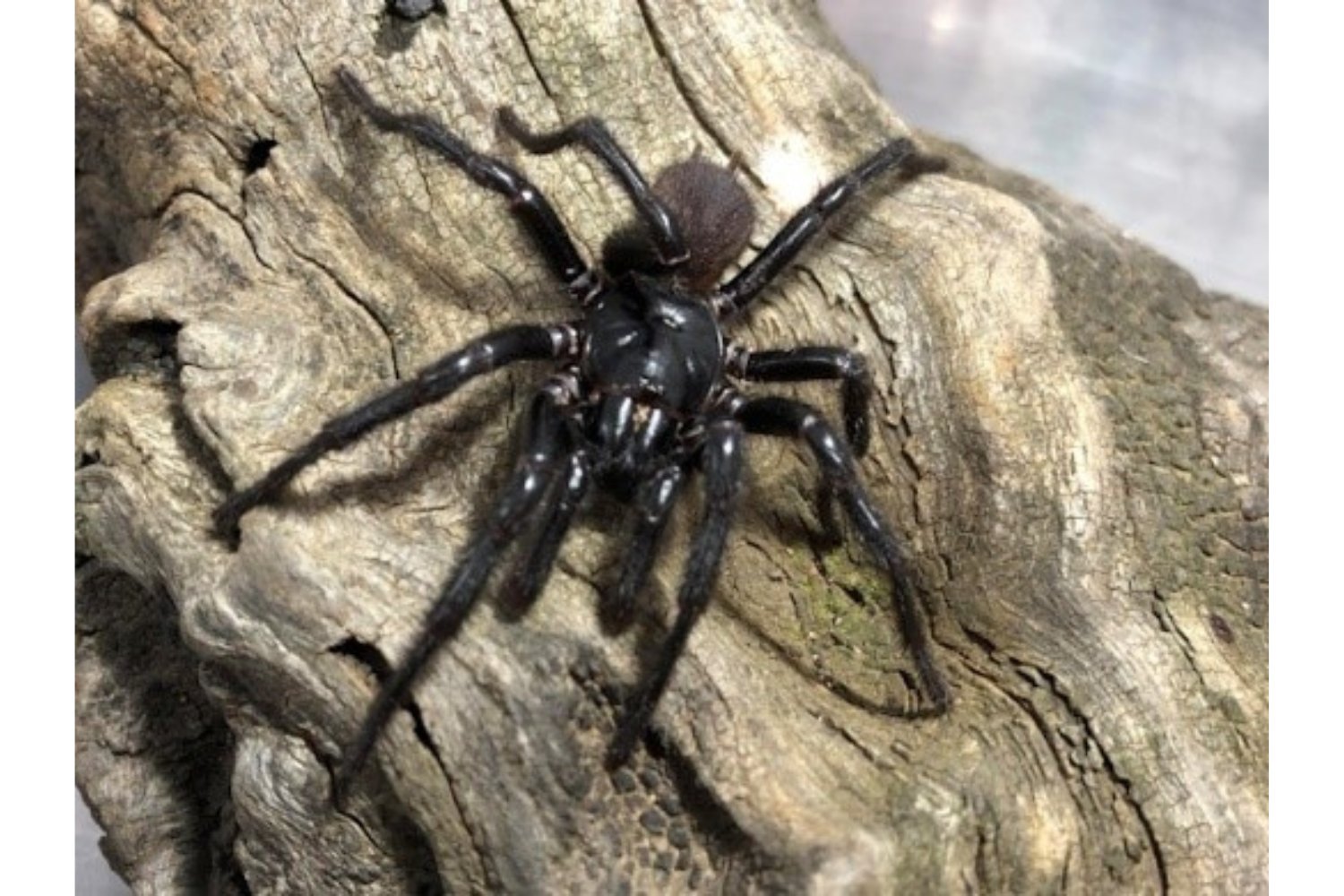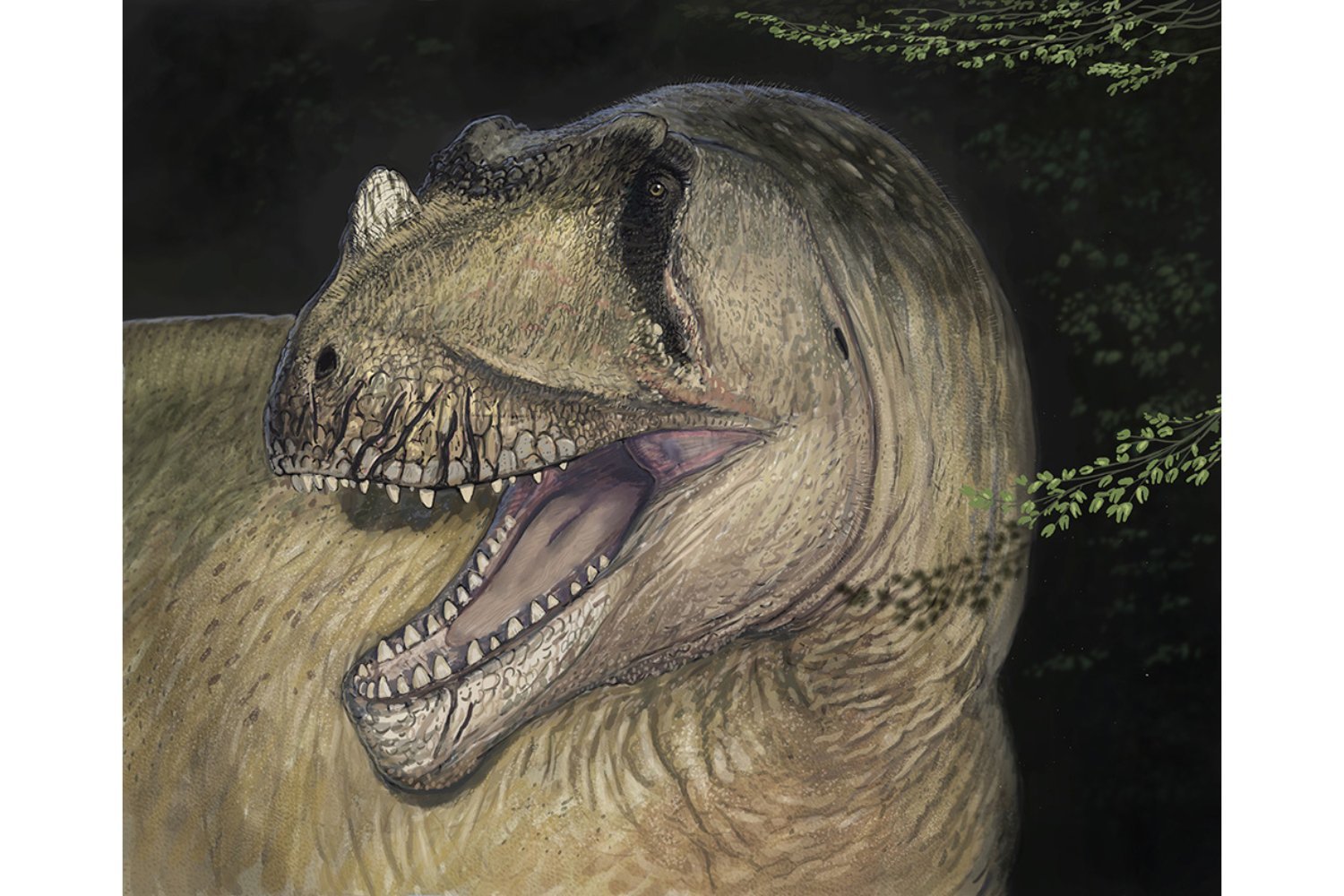The heartbreaking sight of an orca mother carrying her deceased calf has once again been witnessed in the Pacific Northwest, raising concerns about the endangered southern resident killer whale population. J35, also known as Tahlequah, was observed carrying her recently deceased female calf, J61, by researchers at the Center for Whale Research. This devastating event marks the second time in seven years that Tahlequah has been seen mourning the loss of a calf.
A Devastating Loss for an Endangered Population
While the precise nature of this behavior remains a mystery, many marine scientists believe it signifies genuine grief. Joe Gaydos, science director of SeaDoc at the University of California, Davis, stated that it’s reasonable to interpret Tahlequah’s actions as mourning. This isn’t the first instance of such behavior in whales, but Tahlequah’s prolonged displays of grief have garnered significant attention. In 2018, she carried her deceased calf for 17 days across over 1,000 miles, with other members of her pod seemingly sharing the burden.
Other social animals, particularly with their young, exhibit similar behaviors. Elephants have been observed burying their dead calves, and some primate species have been documented holding their deceased offspring, mirroring Tahlequah’s actions. J61’s death is particularly concerning given the precarious status of southern resident killer whales. While orcas globally are not endangered, this specific population, inhabiting the waters off the Pacific Northwest, is classified as endangered. This loss further jeopardizes the long-term survival of Tahlequah’s pod.
A Harsh Reality for Orca Calves
Orca calves face a challenging environment, with only about 50% surviving their first year, according to the Center for Whale Research. Researchers had noted J61’s arrival two weeks prior and quickly became worried about her health based on observations of her and Tahlequah. A glimmer of hope exists with the confirmed arrival of another calf, J62, in J pod. While J62’s sex is currently unknown, the calf appears healthy.
Continued Research and Observation
Researchers from the Center for Whale Research, NOAA, and other groups will continue monitoring J35 and the new calf, J62, when conditions permit. The phenomenon of mourning extends beyond humans and orcas. Comparative thanatology, a developing field of science, suggests a wider range of animals may comprehend and react to death than previously thought. While Tahlequah’s behavior resonates with our understanding of grief, other species likely possess unique ways of processing death.
A Call for Conservation
The tragic loss of J61 underscores the urgent need for conservation efforts to protect the endangered southern resident killer whales. Understanding the threats they face, from dwindling food sources to pollution, is crucial for their survival. Supporting organizations dedicated to orca conservation can contribute to a brighter future for these magnificent creatures.



